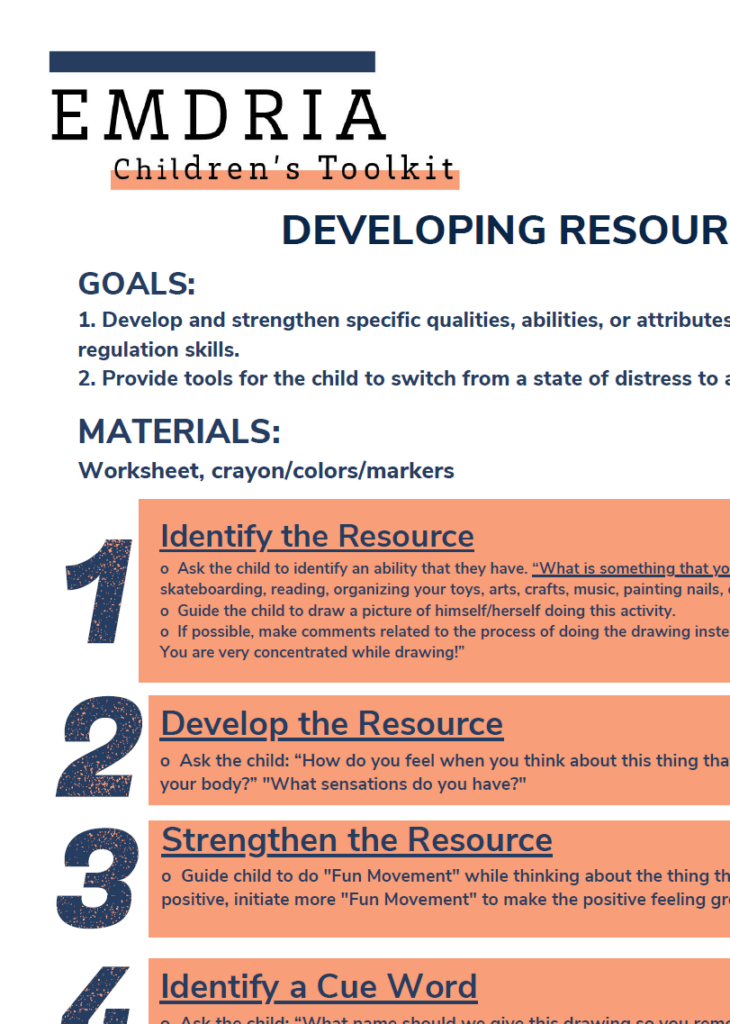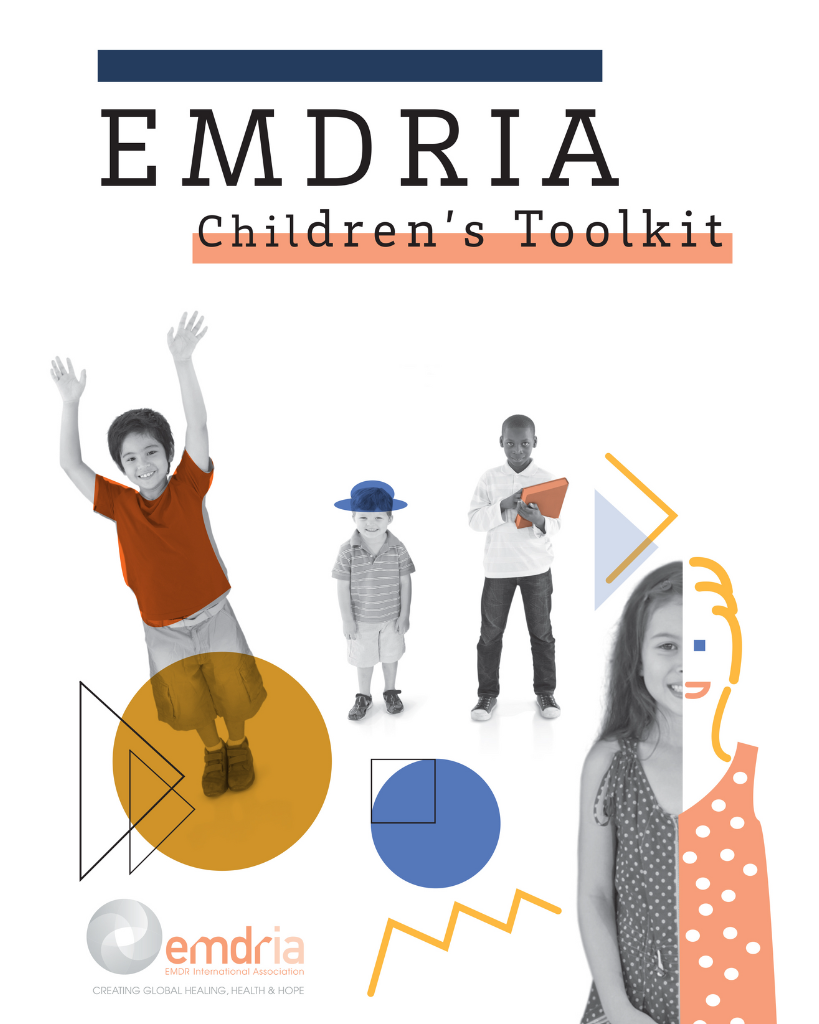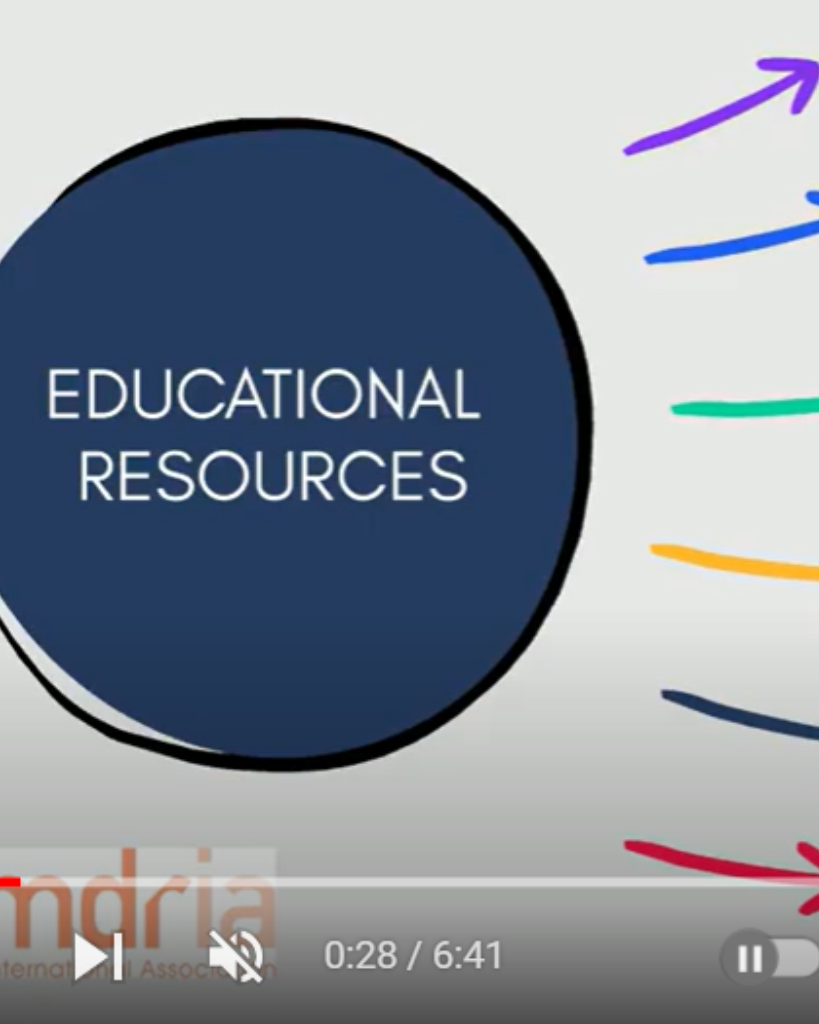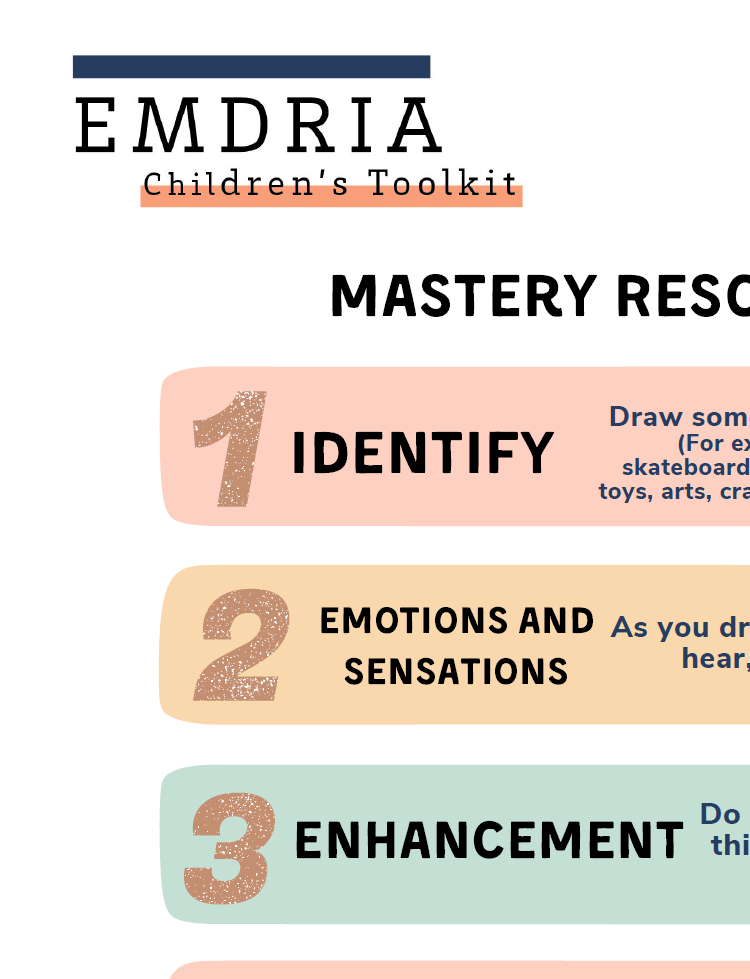Children’s Toolkit: Developing Resources
Help children notice the things they do well. Discover their unique abilities to increase self-regulation skills. This resource is part of the EMDRIA Children’s Toolkit for EMDR therapy.
This content is restricted for members only. Please Log In or Join EMDRIA.





